Brand Collaboration on Social Media
lauryn preston
Table of Contents
In the digital arena, where competition and collaboration often go hand in hand, a successful social media collaboration can be the linchpin of an ingenious marketing strategy. It’s where the art of connection meets the science of engagement, propelling campaigns to new heights. These partnerships can vary from harmonious social media collaborations that blend two brands into a single narrative, to thrilling social media takeovers that infuse feeds with fresh voices and perspectives.
It’s a strategic symphony that, when conducted with precision, resonates across the social sphere, creating not just a buzz but a lasting echo.
The Rise of Social Media Collaboration in Brand Strategy
Incorporating social collaboration into brand strategy has become a pivotal trend as companies recognize the immense value of joining forces online. Through collaborative efforts, brands can amplify their reach, share resources, and inject diversity into their content, all of which are key to resonating with today’s digital-savvy consumers.
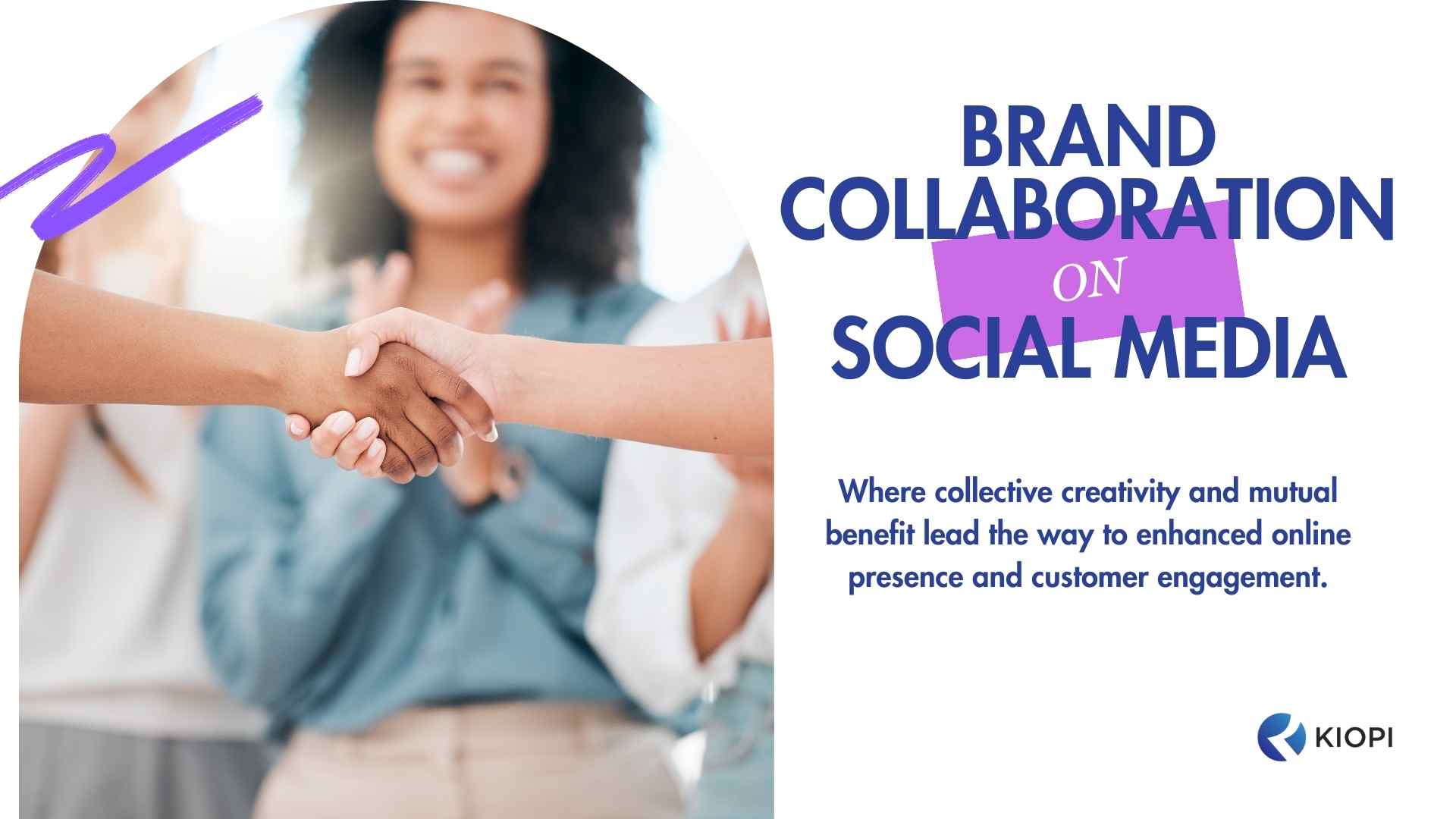
This shift towards collaborative strategy reshapes the marketing landscape, creating a dynamic environment where collective creativity and mutual benefit lead the way to enhanced online presence and customer engagement.
What is Social Media Collaboration?
Social media collaboration is a strategic partnership where two brand voices work together on various social media platforms to enhance their social media marketing efforts. Through these partnerships, each brand can tap into the other’s audience, boosting social media engagement and reach.
By sharing resources, creativity, and insights, social media collaborations often lead to innovative campaigns and types of social media content that resonate with broader demographics. Real-life examples of such collaborations showcase how combined creativity and shared goals can lead to successful outcomes, underscoring the power of teamwork in the digital marketing landscape.
Why Brand Collaborations Are Gaining Traction
Social media collaboration is not just a trend; it’s a strategic maneuver to amplify growth and build brand awareness. When brands with complementary skills join forces, they unlock the potential to reach a wider audience and forge meaningful relationships with new customer segments.
Initiatives like social media takeovers and concerted efforts to co-create content offer fresh, engaging experiences for followers. Such collaborations are integral to a robust social media strategy, as they leverage the strengths and audiences of other brands.
The synergy in a social media collaboration can boost the effectiveness of social selling techniques, making it a cornerstone for a holistic social strategy.
Elements of Successful Social Media Collaboration
Successful collaborations hinge on several critical elements: a shared vision between brands, transparent communication, and a well-coordinated execution plan. To ensure a unified message, collaborative parties must align their goals, target demographics, and content strategies.
Active engagement and cross-promotion across each brand’s platforms magnify reach and impact while tracking and analyzing performance data drive continuous improvement.
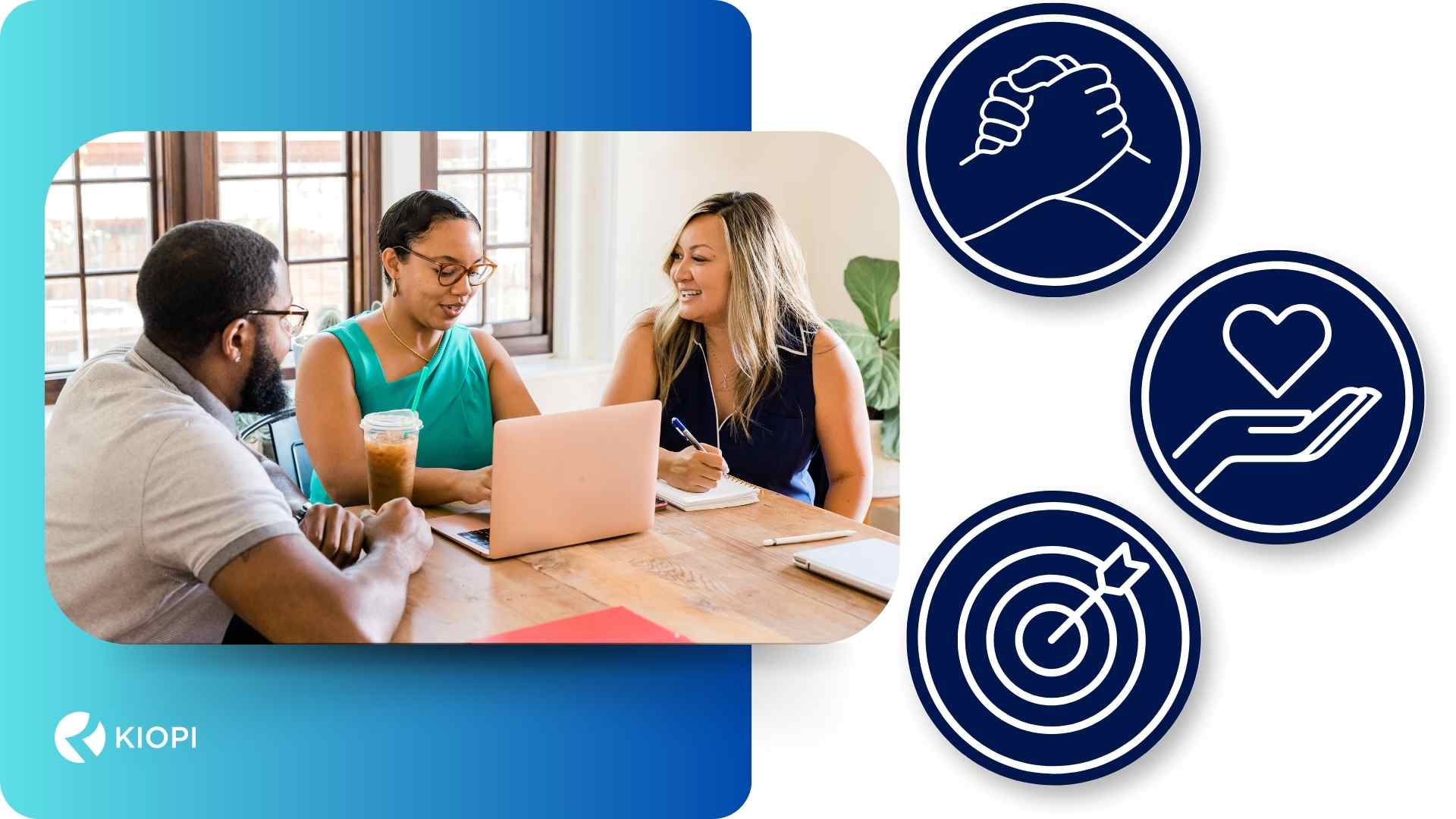
Choosing the Right Partner for Social Media Collaborations
When embarking on a social media collaboration, the synergy between the two brands is paramount.
The parties involved must conduct thorough research to understand the partner’s audience, ensuring there’s a similar target audience to maximize engagement. Each entity needs to bring its unique strengths to help create engaging content for both parties, harmonizing their social media accounts for a unified social media campaign.
The hallmark of successful social media collaborations is the ability to blend content seamlessly across respective social media channels, thereby fostering an authentic connection with followers and enhancing the collaborative effort.
Aligning Brand Values and Existing Audience Demographics
For a successful collaboration, it’s crucial that all entities are on the same page when it comes to brand values and vision.
Aligning with other brands that share a partner’s audience similar to your own target audience sets a solid foundation. This alignment ensures that when you create content, it resonates and engages both demographics effectively.
Social media collaborations require a synchronized effort to plan social media collaboration that reflects the ethos of each brand while managing multiple social media accounts. Such strategic coordination is key to reaching and captivating the combined followership authentically and powerfully.
Setting Clear Goals and Performance Metrics
To ensure everyone is on the same page, establishing clear key performance indicators (KPIs) is vital before initiating a plan. Social media collaboration requires one to continuously evaluate these KPIs as they measure the success of your efforts on each social media platform.
Whether it’s for sponsored content, a specific social media campaign, or ongoing social media collaborations, the use of social media analytics is imperative.
These analytics help to monitor social media traffic and understand the behavior of a wider audience.
Additionally, social listening can provide insights into the public perception of collaborative efforts, enabling real-time adjustments to further engage each other’s audiences and optimization of social strategies for maximum impact.
Navigating Various Social Media Platforms for Collaborations
Navigating different social media platforms for collaborations requires a tailored approach to each channel’s unique features and audience behaviors.
A successful strategy often involves customizing content to fit the context of the respective platforms, whether it’s the visually driven environment of Instagram, the conversation-centric Twitter, or the professional networking sphere of LinkedIn.
Adapting collaborative efforts to align with the user experience on each platform can greatly enhance engagement and reach, making the collaboration more effective and resonant with old and new audiences alike.
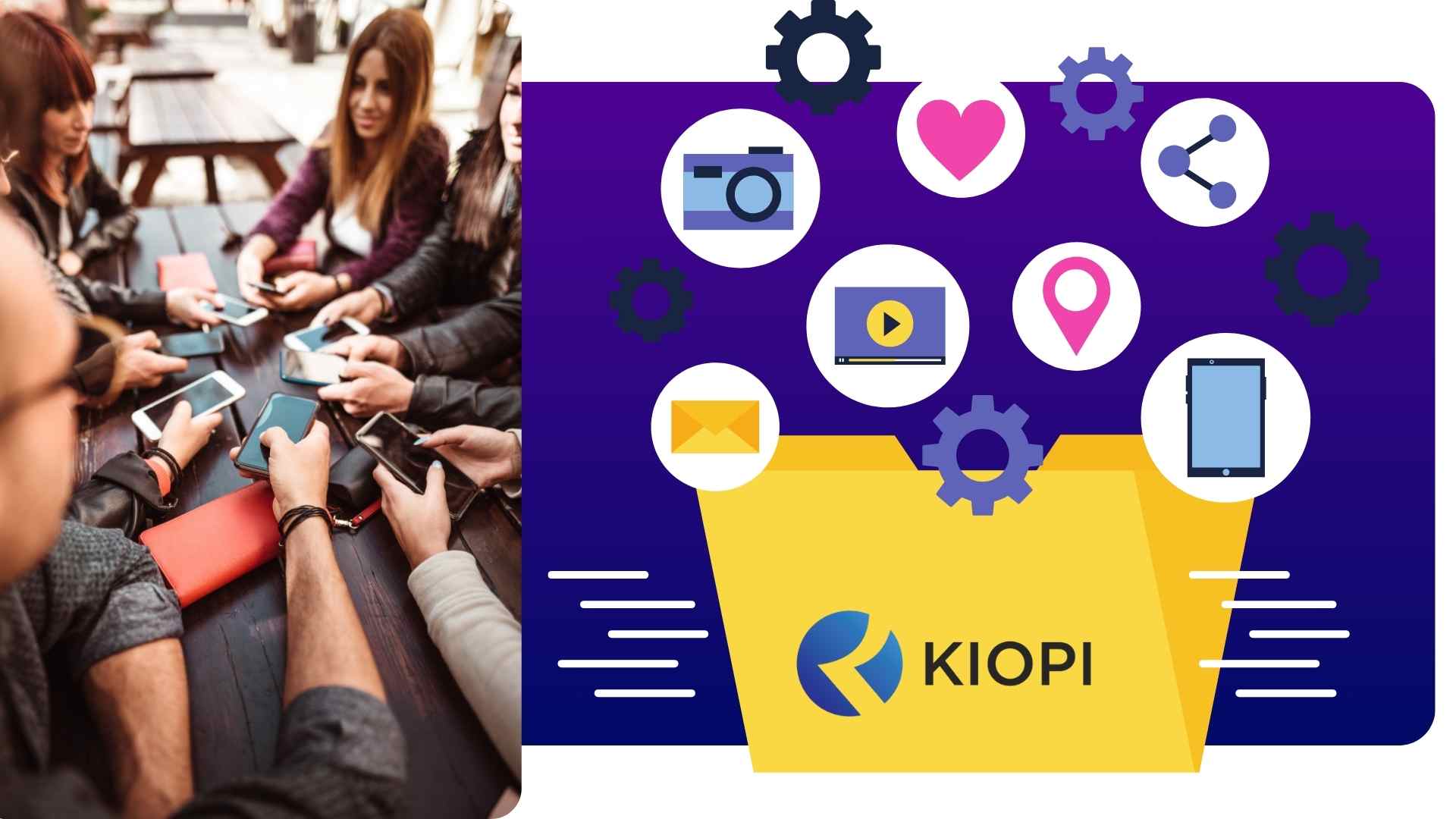
Instagram: A Hub for Visual Collaborations
Navigating the intricacies of Instagram for a social media collaboration requires a nuanced approach. Posting Instagram stories is a dynamic way to engage followers, capitalizing on the feature’s ephemeral nature to maintain interest.
Brands must craft social media posts that are visually appealing and tell a cohesive story if they wish to create content that resonates with their audience. Whether it’s a sponsored post or a joint course, these collaborations can be the linchpin of a successful collaboration.
As brands look to make money with Instagram, strategies to organically grow Instagram followings are critical. The aim is to not only monetize Instagram but to do so in a way that feels authentic and engages a wider audience meaningfully.
Twitter: Real-time Engagement and Co-Branding
For social media collaborations on Twitter, it’s essential to utilize social media collaboration tools that streamline communication and strategy implementation.
A coherent social media strategy should be at the core of any partnership, dictating the frequency and type of content shared. These collaborations often require precise timing and coordination, which is where a paid or free Twitter scheduler and Twitter monitoring tool become indispensable for creating and tracking content.
Schedulers allow teams to co-create content and automate tweets, ensuring that the messaging is consistent and timely, thereby maximizing the impact of social media collaborations.
Employing these tools effectively can significantly enhance the collaborative efforts and amplify the campaign’s reach on the platform.
Facebook: Community Building and Joint Campaigns
When engaging in a social media collaboration on Facebook, it’s crucial to tap into the existing audience with content tailored to their interests and preferences. Leveraging Facebook’s broad reach, sponsored content can play a significant role in amplifying your marketing efforts.
Collaborations, particularly influencer collaborations, can introduce your brand to new audiences in a natural and relatable way.
To captivate and retain the attention of these new audiences, crafting interactive posts for engagement—such as polls, live Q&As, or reaction-based content—encourages active participation, fostering a sense of community and belonging among users.
This interactive element is vital in solidifying the collaborative message and enhancing the overall impact on the social media platform.
LinkedIn: B2B Collaborations and Thought Leadership
On LinkedIn, where professional content thrives, aligning with partners who share a similar audience is a great example of a strategic social media collaboration strategy.
This alignment allows for a shared approach to winning new followers and reinforcing industry authority. Integrating sponsored posts into the mix can also significantly extend reach.
To create engaging content that resonates with the professional community, social media collabs must deliver value and spark meaningful discussions.
Additionally, understanding the best days to post on LinkedIn is crucial to ensure that collaborative content is seen by the largest possible segment of the intended audience, thereby enhancing visibility and engagement.
Pitfalls to Avoid in Social Media Collaborations
When embarking on social collaborations, it’s crucial to sidestep common pitfalls such as misaligned brand values, leading to a disjointed social media campaign that confuses the audience.
Equally important is ensuring consistent communication styles and messaging across both parties to maintain brand integrity and avoid diluting the collaborative message.
Lastly, neglecting to set clear, measurable goals can result in collaborations that are hard to evaluate for success and ROI, making it challenging to justify the effort and investment put into the partnership.
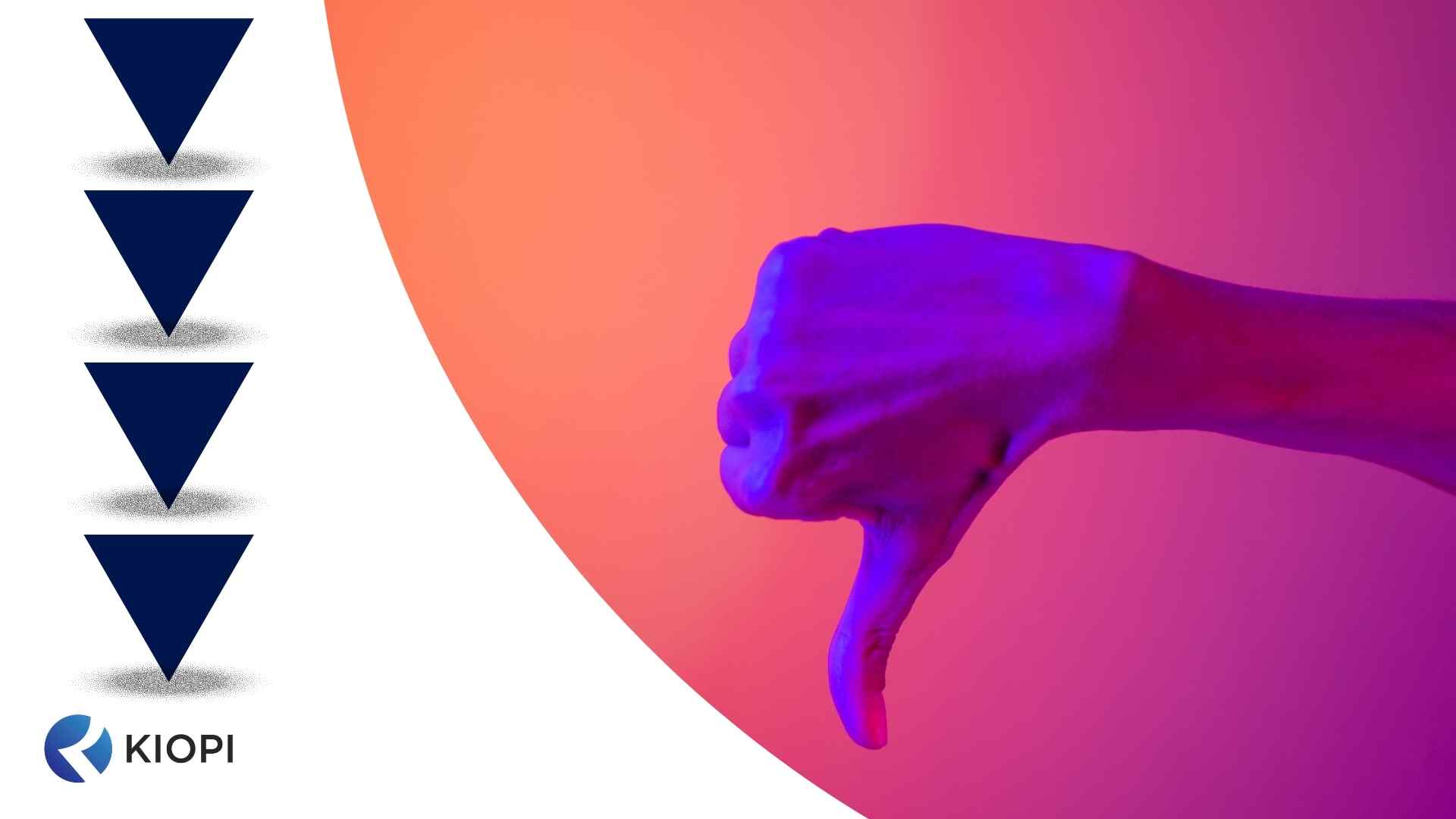
Misaligned Brand Values and Audiences
One of the critical pitfalls to avoid in a social media collaboration is the misalignment between a brand’s core values and those of fellow brands. Not fully understanding each other’s audiences can lead to a collaboration that doesn’t resonate with a new audience or, worse, alienates them.
A mismatch can dilute a brand’s image and confuse new audiences, who may struggle to reconcile new perspectives that don’t align with what was mentioned earlier in the brand’s messaging. Ensuring that both brands share a similar ethos and appeal to a similar audience is essential before combining forces.
Additionally, a well-crafted social media kit should be shared between collaborators to clearly communicate brand guidelines, preventing any misrepresentation or conflicting communication.
Inconsistent Communication and Messaging
A common pitfall in social media collabs is the lapse in maintaining consistent communication and messaging. Brands must communicate effectively to ensure that their collaborative posts organically weave into the broader narrative of both parties’ marketing campaigns.
An inconsistent tone or contradictory messages can confuse audiences and undermine the trust and authenticity that social media collaboration seeks to build.
To avoid this, utilizing a social post planner can be instrumental in aligning content calendars and messaging, ensuring all stakeholders are on the same page and that the collaboration tells a cohesive and compelling story to the audience.
Not Measuring and Evaluating Collaborative Posts
While many social managers understand how to become a content creator, they severely underestimate the importance of the basic management attributes related to social media coordination, such as the ability to communicate effectively and continuously evaluate performance metrics.
A crucial oversight in a social media collaboration is failing to measure and evaluate the performance of sponsored posts and collaborative content. Without a solid collaboration strategy that includes robust task management and performance analysis, it’s challenging to ascertain if the efforts are yielding mutual benefit.
Ignoring the evaluation phase can lead to missed insights and opportunities for refining the marketing strategy, which could have otherwise led to increased brand awareness and engagement.
Relying solely on paid ads without analysis may result in inefficient spending and minimal return on investment. Therefore, it’s imperative to integrate social planning and social listening tools into your strategy to track the success of collaboration opportunities and make data-driven decisions for future campaigns.
Maximizing the Benefits of Social Media Collaboration with Kiopi
To maximize the benefits of collaboration, leveraging tools like Kiopi can be a game-changer. Kiopi’s suite of features simplifies the coordination of campaigns, streamlines communication between partners, and ensures that all content is scheduled and published seamlessly.
With its robust analytics, Kiopi aids in tracking the success of collaborative efforts, allowing for real-time adjustments and optimization.
This level of integration and oversight ensures that every collaboration is structured to build brand awareness and achieve maximum engagement, ultimately driving the collective success of the partnering brands.
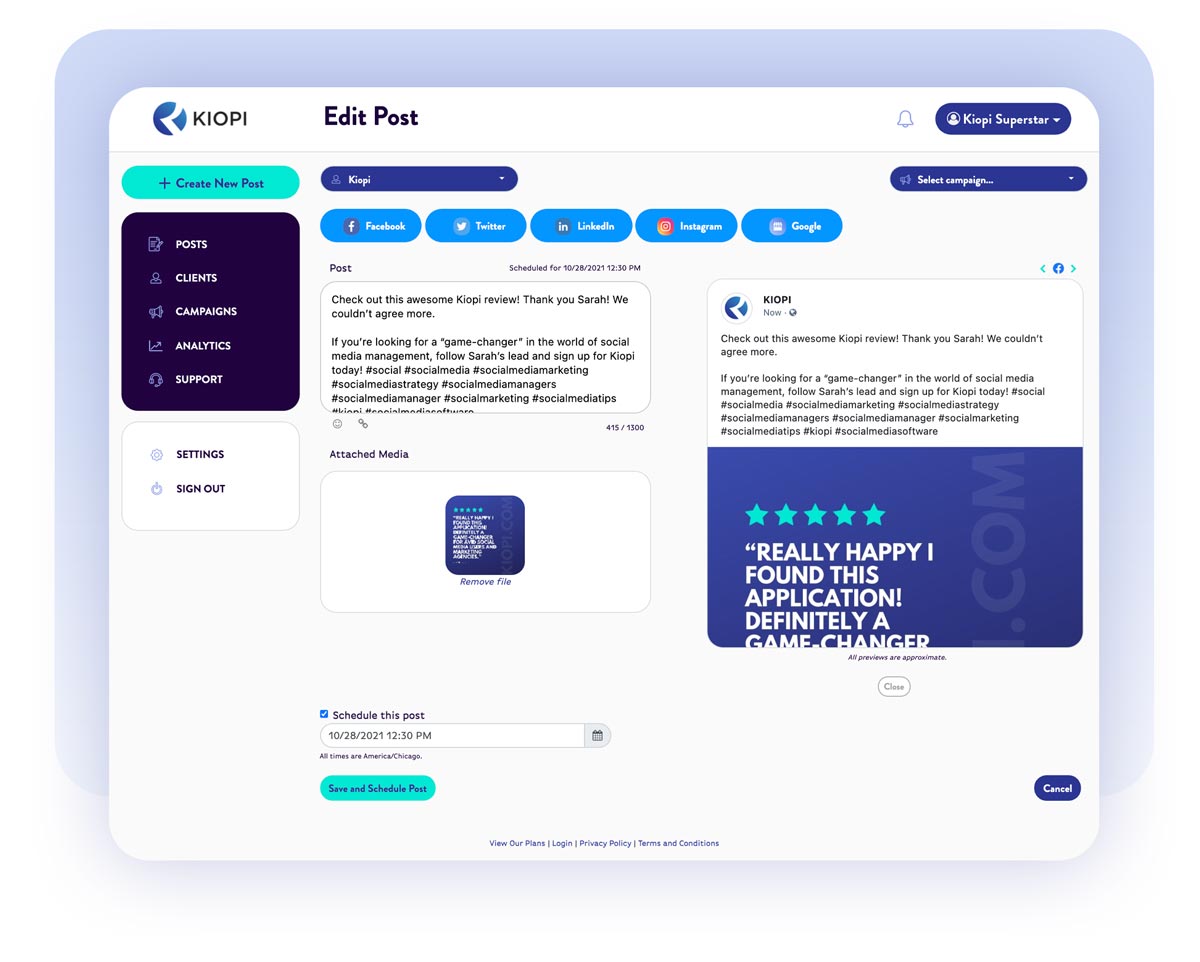
Utilizing Kiopi’s Social Media Collaboration Tools
Utilizing Kiopi’s suite of social media collaboration tools can be a game-changer in orchestrating successful social media collaborations.
These tools streamline task management, enabling brands to work seamlessly together while creating content that can significantly increase brand awareness and engagement with potential customers.
With Kiopi, collaborators can use the AI caption generator to infuse fresh ideas into their influencer campaigns, ensuring that each social media post is strategically aligned and creatively compelling. Besides having one of the best AI apps in the business, Kiopi’s platform includes specialized influencer marketing tools, which can be particularly beneficial when leveraging influential voices in your sector.
By integrating a social media marketing planner, teams can schedule content efficiently, track campaign progress, and optimize their collaborative efforts to achieve the best possible results.
Ensuring Seamless Integration Across Respective Platforms
Maximizing the benefits of a social media collaboration requires ensuring that all moving parts work in harmony across different platforms. Kiopi’s social media collaboration tools are designed to facilitate just that.
By enabling seamless integration of social media campaigns across various channels, Kiopi helps partners tap into a broader base of potential customers. This cohesive approach is essential for brands engaged in social media collabs, ensuring that messages resonate and objectives are met regardless of which social media accounts are being used.
Kiopi serves as an effective social media posting service, allowing for synchronized updates and consistent branding, which are crucial for maintaining the integrity and effectiveness of a social media collaboration.
Analyzing and Adapting for Future Collaborations
Leveraging Kiopi’s social media collaboration tools offers an advanced analytical edge, allowing brands to scrutinize their performance across respective social media channels. Utilizing social media analytics to track clear key performance indicators (KPIs), teams can assess the effectiveness of tactics such as social media takeovers and influencer marketing campaigns.
This data-driven approach is integral to refining a social media collaboration, as social media measuring tools provided by Kiopi can pinpoint strengths and areas for improvement.
With capabilities to monitor social media traffic, brands can make informed decisions to adapt and enhance future collaborations, ensuring continuous improvement and growth in their collaborative efforts.
Future Trends: The Evolving World of Collaborative Branding on Social Media
The landscape of collaborative branding on social media is set to become more data-centric and experience-driven, focusing on ephemeral, high-engagement campaigns. Emerging technologies like AI will fine-tune targeting and efficiency, while interactive and immersive content will deepen user engagement in brand partnerships.

The Increasing Role of Micro-Influencer Collaboration Opportunities
The landscape of influencer marketing strategy is increasingly recognizing the value of micro-influencer collaboration. These influencer collaborations are carving a niche in social media collaboration, tapping into influencers with smaller but highly engaged followings.
Micro-influencers often boast a similar target audience to the brands they partner with, leading to influencer campaigns that resonate deeply and increase brand awareness more authentically. Brands are finding that these partnerships, when strategically aligned, can yield a higher return on investment by engaging audiences through relatable and trusted personalities.
This tailored approach ensures that messaging is more personalized, fostering a stronger connection with the audience.
Emerging Social Media Platforms and Their Potential for Successful Collaboration
Emerging new social media platforms present untapped opportunities for social media collaborations, offering fresh arenas to engage with new audiences. These platforms are rapidly becoming fertile ground for a future collaboration, as they offer innovative ways for creating content that resonates with users seeking novel experiences.
Forward-thinking brand collaborations on these platforms can propel campaigns into new creativity and social media engagement dimensions. By partnering with other brands that have already established a presence on these new channels, companies can cross-pollinate their audiences and leverage the strengths of one another.
The dynamism of new social media platforms means that for brands willing to explore, the potential for social media collaboration is vast and ripe with possibilities for those ready to innovate and adapt.
Creating Sustainable Partnerships in an Evolving Digital Landscape
Successful social media collaborations hinge on crafting a robust collaboration strategy that emphasizes sustainability in the fast-paced, ever-changing digital world. This involves more than just timely social media takeovers; it requires various social media collaboration tools that adapt to the evolving landscape.
Social media collabs that stand the test of time are built on flexibility and a deep understanding of the dynamics of online communities. An effective social media collaboration leverages technology like an AI social media post generator, which can streamline content creation and ensure that messaging remains fresh and engaging.
By utilizing such advanced tools and committing to adaptive strategies, brands can forge sustainable partnerships that grow and evolve with the digital ecosystem.
How Kiopi Can Help With Social Media Collaboration
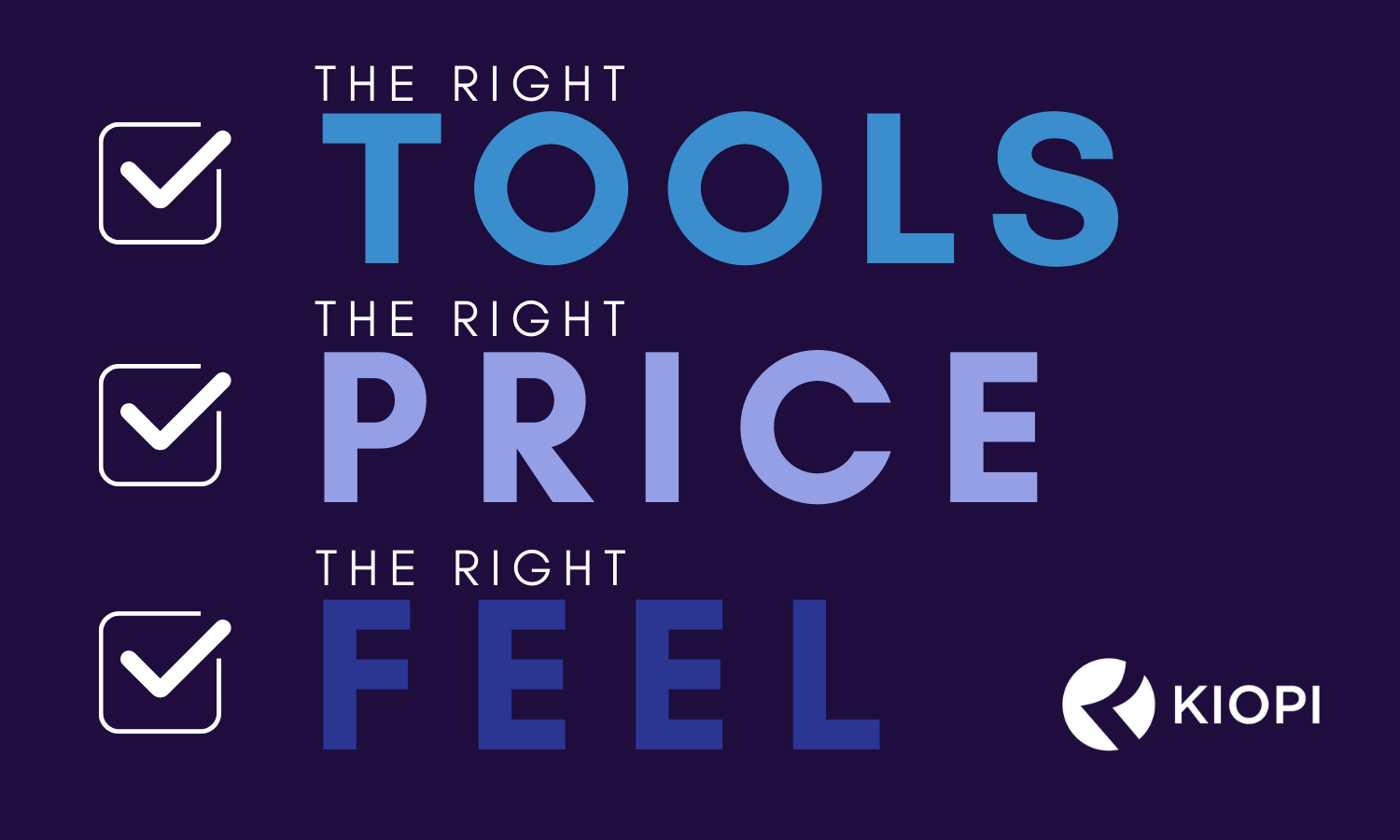
Navigating the intricate world of online brand partnerships, Kiopi emerges as a versatile aide, providing an array of solutions that encompass the best social media scheduler, comprehensive social media campaign management tools, and sophisticated social media analytics tools.
It positions itself as a strong Later competitor, offering intuitive scheduling options that outshine conventional tools. For brands seeking a Loomly alternative, Kiopi delivers with its robust features to enhance social media advertising efforts with precision and ease.
Moreover, for those considering Sendible alternatives, Kiopi’s platform stands out with its user-friendly interface and data-driven insights, streamlining the collaborative process and driving success in social media collaboration ventures.
